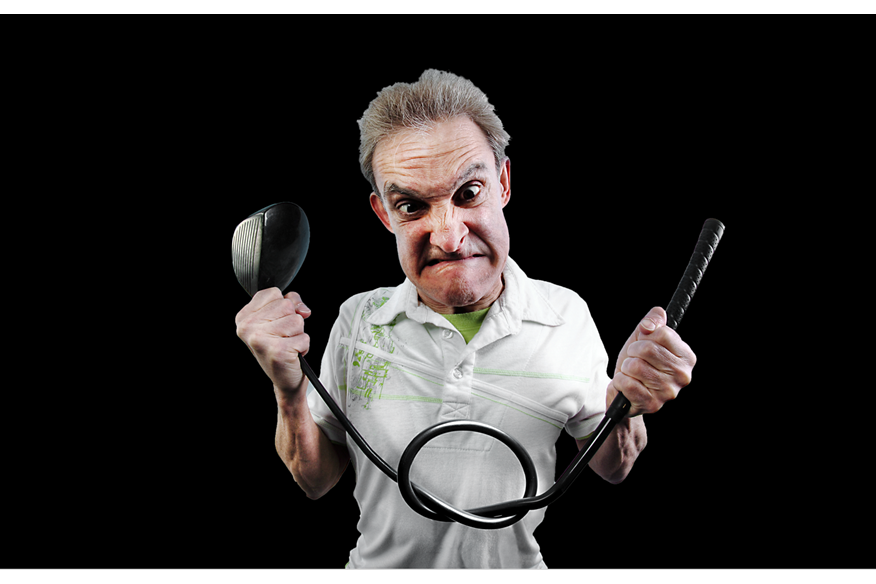Eight simple and effective ways to improve your mental attitude on the golf course
Last updated:
Use these eight quick pieces of advice to help improve your mental game on the golf course
As part of our fast fixes series, we asked the Mind Factor’s Dr Karl Morris to give us his most simple and effective tips to help improve your mental attitude.
Here, he talks us through eight quick mental strategies that alter how you react on the golf course.
1. How to avoid becoming score-conscious
Divide the round into six groups of three holes, and simply try to score as low as possible on each set. This distracts you from an awareness of your score and stops you protecting a good round or getting despondent at a bad one.
2. Don’t get emotional
React to bad shots using facts, not opinions. “I’m useless”, “I can’t play” prompt emotive responses that suggest the bad play will continue; “I left the face open”, “I hit it heavy” leave you open to the possibility that your next shot could be better.
3. Slow heart rate, kill tension
Breathing affects heart rate. Short, quick breaths through your mouth make it pump, promoting nervousness and the potential for tightness. Instead, breathe slowly through the nose before stepping into the shot. It will calm your heart rate, and relax your muscles.
4. Gain a new respect for putting
Great putting is not a dark art or a matter of luck but a question of skill. When you accept this, your putting will improve. Bob Rotella advises us to “fall in love with the idea of being a good putter” – it’s sound advice.
5. Use the course for practice
If you have a spare hour, the great temptation is to hit balls; instead, consider playing six holes. It’s the only place you can practise all those vital performance skills like decision-making, your reaction to your shots, even your adjustment to the rhythm of play itself.
6. Mind your body language
Posture can affect the chemicals released into our bodies, and slouching releases the stress hormone cortisol. Ask one of your playing partners to use their phone to film you walking during the round, ideally late on and ideally without you being aware of it. This will give you a clear idea of what your body language says about you.
7. Mark an X for better post-shot reaction
Mark an X on the scorecard every time you carry negative emotion into the next shot. If you can set and meet a target of no Xs on the scorecard, you will have gone a long way to improving your ability to react effectively to poor shots.
8. Build a clear picture
On the first tee, make a commitment to having a crystal clear intent on every shot. Don’t step into the ball until you have set a clear intention of what you want to do with the shot. Clear intention focuses your attention, which boosts your chances of success

